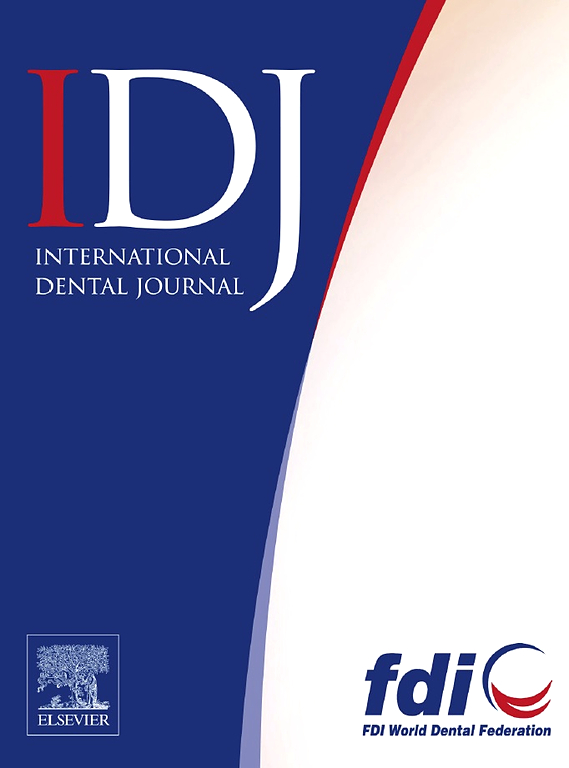Serum Starvation Regulates Autophagy of Human Periodontal Ligament Cells Through Reactive Oxygen Species Mediated Adenosine Monophosphate-Activated Protein Kinase/Mechanistic Target of RAPAMYCIN Axis
IF 3.2
3区 医学
Q1 DENTISTRY, ORAL SURGERY & MEDICINE
引用次数: 0
Abstract
Introduction and Aims
Human periodontal ligament cells (hPDLCs) play a pivotal role in periodontal tissue remodelling, a process essential for orthodontic tooth movement (OTM). Autophagy, a survival mechanism under cellular stress, is induced by nutrient deprivation and impacts hPDLC function. This study aimed to explore the role of autophagy in the adaptive response of hPDLCs to nutritional stress, an environment simulating conditions during OTM.
Methods
Nutrient deprivation in hPDLCs was modelled through serum starvation. Autophagy levels and relevant markers were assessed using electron microscopy, protein assays, and gene expression analyses. Emphasis was placed on adenosine monophosphate-activated protein kinase (AMPK) signalling, specifically phosphorylation of AMPKα at Thr172, as a regulatory node in autophagy induction. Loss- and gain-of-function approaches were utilized to investigate the role of Thr172 in AMPK-mediated autophagy under nutrient stress.
Results
Findings indicated a marked increase in reactive oxygen species-mediated autophagy in hPDLCs under nutrient deprivation. This process was significantly regulated by AMPK activation through Thr172 phosphorylation, establishing AMPK as a critical factor in autophagy induction during cellular adaptation to nutritional stress.
Conclusion
Nutritional stress enhances reactive oxygen species-mediated autophagy in hPDLCs via AMPK signalling, underscoring the role of autophagy in cellular adaptation during OTM. Targeting the AMPK pathway could provide novel insights for optimizing orthodontic treatment by leveraging cellular adaptive mechanisms.
Clinical Relevance
Understanding the molecular mechanisms underlying autophagy in hPDLCs opens potential therapeutic pathways to improve OTM outcomes. Modulating autophagy may lead to advances in orthodontic therapies that facilitate periodontal tissue remodelling, enhancing clinical effectiveness.
求助全文
约1分钟内获得全文
求助全文
来源期刊

International dental journal
医学-牙科与口腔外科
CiteScore
4.80
自引率
6.10%
发文量
159
审稿时长
63 days
期刊介绍:
The International Dental Journal features peer-reviewed, scientific articles relevant to international oral health issues, as well as practical, informative articles aimed at clinicians.
 求助内容:
求助内容: 应助结果提醒方式:
应助结果提醒方式:


